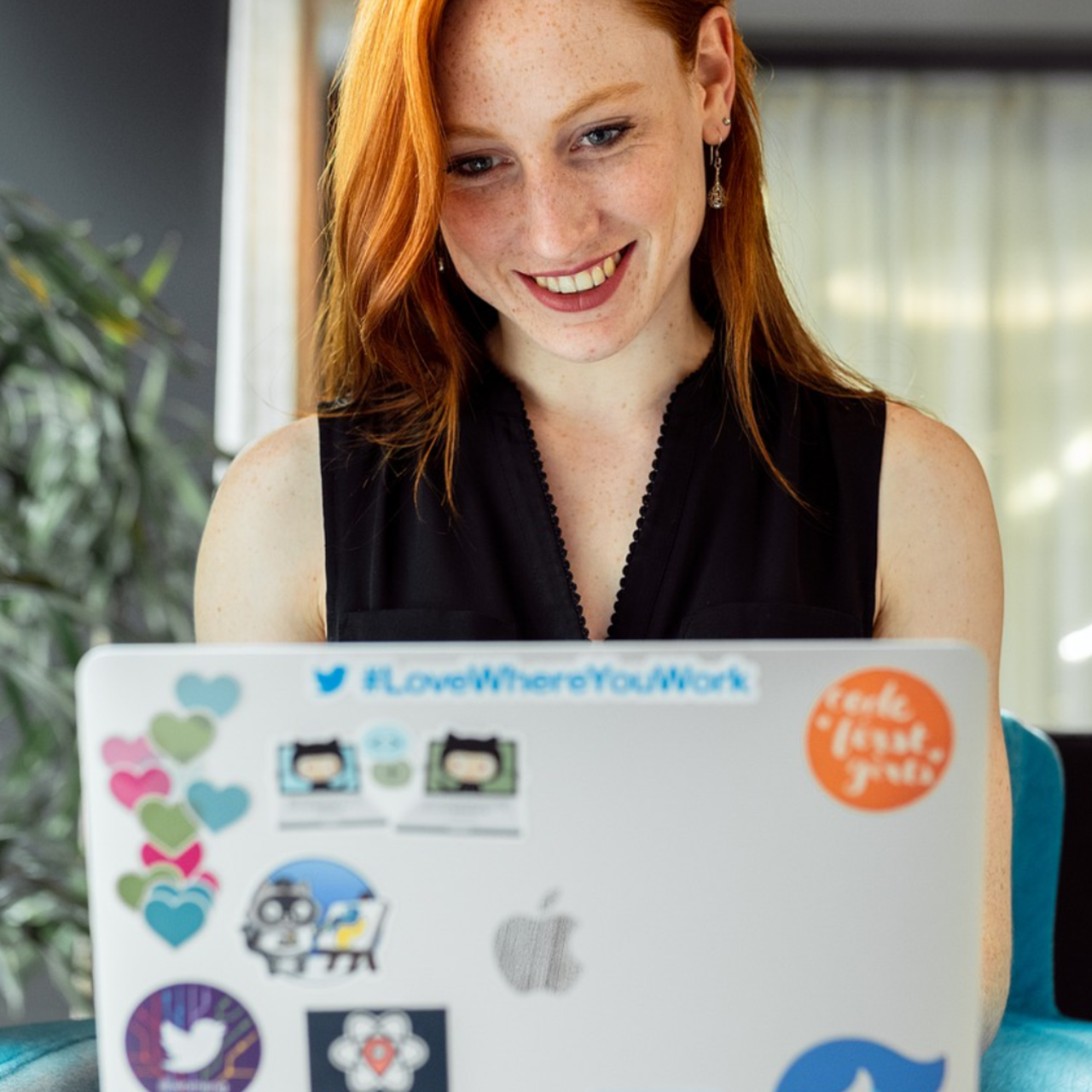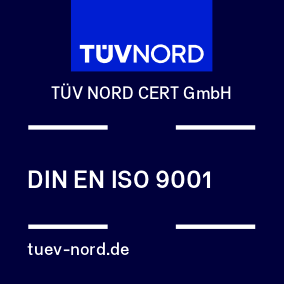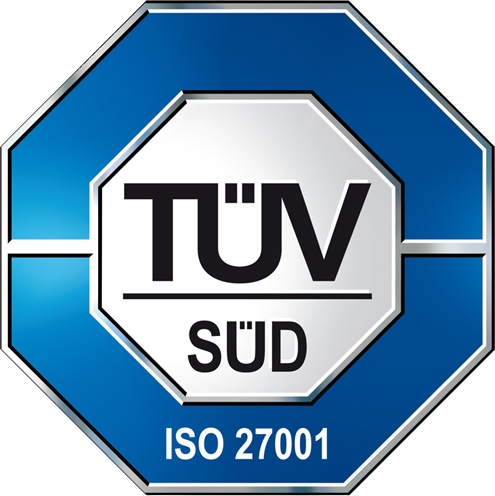Main content:
You can't patent software. It's a rumour that has been circulating for quite some time. Let's clear up once and for all.
Just like for any other invention, anyone who wants to patent software has to meet the technical and inventive requirements. A computer program is considered to be technical if it produces a further technical effect when run on a computer.
Valuable first opinion
Computer programs are examined by the Austrian Patent Office using exactly the same method as the European Patent Office (EPA). Our opinion on your software and whether you can meet the technical and inventive requirements provides you with valuable information and is an important indication of what you can expect at the EPA. We'll tell you what your patent's chances are on the international market (patent application).
Well-researched
Whenever your innovation is subject to independent, carefully conducted research and examination, it becomes less likely that you will have a rude awakening at some point on your path to the international patent family. With our report, we give you clarity at an early stage as well as an initial assessment of your innovation.
High level of legal certainty
The way in which we and the EPA reach our decisions is subject to annual evaluation and adjustment. This is necessary to keep up with technical developments and it prevents abrupt changes to examining practice. On the contrary, it guarantees the long-term and stable development of our methods. This gives you a high level of legal certainty.
Software and copyright
The source code of software is protected by copyright automatically by virtue of its creation. Copyright here considers the source code as a literary work. In other words, it protects the exact wording but not its function or impact. If someone were to write source code with different wording or in another programming language, this would not constitute copyright infringement, even if the software had the same function or impact.
Examples
Pulse oximeter
A process that is executed with the aid of a program on a computer and mathematically analyses the signals from sensors (on the skin) to determine the oxygen content in the blood.
Patentable: The analysis of sensor signals using software to determine the blood's oxygen content represents a technical effect.
Dutch auction
A process that is executed with the aid of a program in a client-server environment to award the contract to the top bidder in a reverse auction.
Not patentable: The rules according to which the bidder to be awarded the contract is chosen do not have a technical effect, but rather present a business method that is merely executed by software. The process is not inventive because it involves no apparent technical problem-solving going beyond the use of a client-server environment.
Process of solving differential equations by separating variables
Not patentable because there is a lack of technical character: it is a mathematical method.
Computer-implemented process for solving differential equations by separating variables
Not patentable because not inventive: the process teaches the use of a computer and is therefore technical. However, this process is not inventive because the implementation of a mathematical method on a computer is considered to be obvious.
Computer program for solving differential equations using mathematical method
Not patentable because not technical: the computer program merely calculates solutions to differential equations. It does not solve a technical problem. A computer program is technical only if it provides a further technical effect during its execution.
A calculation rule for solving differential equations is too general to enable it to resolve a specific technical problem.
Marketing process that provide customers with regular discounts
Not patentable because there is a lack of technical character: this is a business method.
Process for determining machine loading in a workshop using mathematical method
Patentable because the process and the mathematical method serve a technical purpose (making it technical) and in this respect the process is inventive in comparison with the process previously used to determine machine loading.
Process for estimating product sales in sales outlets using a mathematical method
Not patentable: Processes and mathematical methods are non-technical features as they serve only a commercial and not a technical purpose (process not technical).
A computer case characterised by the fact it is easily recognisable as a product of company A
Not patentable: "Easily recognisable as a product of company A" is a non-technical feature provided that the purely abstract idea of "recognisability as a product of company A" exclusively serves a commercial purpose such as the recognition of a branded product (and is not, for example, used to sort computer cases). By contrast, the "computer case" feature is technical, which means that whole subject matter is technical. However, as the non-technical feature ("easily recognisable as a product of company A") does not contribute to the inventiveness and "computer cases" are well-known, the whole sbject matter is not inventive.


